
Pigeon
What kind of animal is Pigeon? What is the animal Pigeon known for? Where does the Pigeon live? What does the Pigeon look like? The Anecdote of the Unraveled Rope Bridge
What kind of animal is Pigeon?
Example of the color palette for the image of Pigeon

See these colors in NCS, PANTONE, RAL palettes...
What is the animal Pigeon known for?
Pigeons are known for many things, such as:
Being one of the first domesticated birds in human history.
Pigeons have been used for food, sport, communication, and religious ceremonies for thousands of years.Having remarkable abilities to navigate and find their way back to their nests, even from long distances and unfamiliar locations.
Pigeons use various cues, such as the sun, landmarks, magnetic fields, and smells, to orient themselves.Being able to recognize themselves in a mirror, which is a rare trait among animals.
Pigeons can also distinguish different humans and other pigeons by their faces.Being very fast flyers, reaching speeds of up to 92.5 miles per hour.
Pigeons are also agile and can perform aerial maneuvers to evade predators.Being highly social and forming flocks of 20 to 30 birds.
Pigeons mate for life and share the responsibility of raising their young.
Both parents produce a special substance called crop milk to feed their chicks.
However, pigeons are actually very clean and have a low risk of transmitting diseases to humans.
Pigeons are also intelligent, adaptable, and resilient birds that deserve respect and appreciation.
Example of the color palette for the image of Pigeon

See these colors in NCS, PANTONE, RAL palettes...
Where does the Pigeon live?
They have many different species and subspecies, and they can live in various habitats around the world.
Some of the most common places where pigeons live are:
Cliffs: Pigeons are originally cliff-dwelling birds, and they prefer rocky ledges and caves as their nesting sites.
They can be found on sea cliffs, mountains, canyons, and even buildings that resemble cliffs.
Pigeons are very adaptable and can survive in harsh environments, such as deserts, where they get water from succulent plants.Cities: Pigeons have become very successful in urban areas, where they find plenty of food, water, and shelter.
They scavenge on human garbage, crumbs, seeds, and grains, and they use parks, bridges, roofs, and balconies as their roosting places.
Pigeons are also attracted to cities because they offer protection from predators, such as hawks and falcons.Farms: Pigeons can also live in rural areas, where they feed on crops, fruits, and vegetables.
They often nest in barns, silos, and grain stores, where they can cause damage and contamination.
Pigeons can also spread diseases and parasites to livestock and humans.
They have a remarkable ability to navigate and return to their home, even from long distances.
Pigeons have been used as messengers, racers, and pets for centuries, and they have played important roles in history, science, and culture.
Pigeons are also symbols of peace, love, and faith in many religions and traditions.
️
Example of the color palette for the image of Pigeon

See these colors in NCS, PANTONE, RAL palettes...
What does the Pigeon look like?
There are many different species of pigeons, but the most common one is the rock dove or the feral pigeon, which is often seen in cities.
A pigeon has a small head, a short neck, and a plump body.
Its beak is small and has a skin flap called a cere at the base.
Its eyes are usually orange, red, or gold.
Its legs and feet are scaly and have four toes, three in the front and one in the back.
A pigeon's feathers are mostly gray, but they can also be white, black, or brown.
Some pigeons have iridescent green and purple feathers on their necks, which reflect light and create a shiny effect.
A pigeon has two black bars on each wing and a white patch on its lower back.
Its tail is short and has a dark band at the tip.
A pigeon can fly very fast and maneuver well in the air.
It has long wings and strong muscles that help it take off quickly and fly for long distances.
A pigeon can also bob its head while walking or flying, which helps it keep its balance and adjust its vision.
A pigeon is an intelligent and social bird that can communicate with other pigeons using sounds and gestures.
It can also recognize itself in a mirror and find its way back to its nest from far away.
Example of the color palette for the image of Pigeon

See these colors in NCS, PANTONE, RAL palettes...
The Anecdote of the Unraveled Rope Bridge
One day, Zephyr and Mia set out on an adventure to explore a newly discovered part of the town's nature reserve. As they wandered through the dense woods, they came across an old rope bridge that stretched across a babbling brook. The bridge, though sturdy, had been long forgotten and was now partially tangled in overgrown vines and weeds.

Zephyr, ever the enthusiast for a good challenge, said, "Mia, this old bridge might be a perfect test of our problem-solving skills. Let's see if we can unravel it and restore it to its former glory."
Mia cooed in agreement, her eyes bright with excitement. The rope bridge was indeed an intriguing puzzle. The ropes were knotted and twisted, with some sections completely obscured by the thick vegetation. It was clear that untying the knots would be no easy feat.
Zephyr approached the bridge with a thoughtful expression. "Let's start by assessing the situation. We need to determine the best way to tackle these knots," he said, pulling out a small toolkit from his bag. Mia fluttered around, inspecting the bridge from various angles, her sharp eyes catching every detail.
With Mia's guidance, Zephyr began working on the knots, carefully untangling the ropes. Mia, perched on his shoulder, offered encouraging coos and light pecks whenever Zephyr made progress. The process was slow, and the ropes seemed to have a mind of their own, twisting and turning as if resisting their efforts.

At one point, Zephyr muttered with a chuckle, "This bridge seems to have developed quite an attitude. Perhaps it's trying to keep us on our toes."
Mia responded with a series of chirps that sounded almost like laughter. Her charming presence and playful demeanor made the task much more enjoyable. As they worked together, Zephyr found that Mia's enthusiastic chirps and keen observations helped him identify the knots that needed the most attention.
After several hours of untangling and clearing away the vines, the rope bridge was finally restored. It looked as good as new, its ropes now neatly arranged and ready for use. Zephyr stood back, wiping his brow with a satisfied smile. "Well, Mia, it looks like our efforts have paid off. The bridge is ready for its next adventure."
Mia fluttered excitedly around the bridge, her joyful coos echoing through the forest. The once-forgotten bridge now stood as a testament to their teamwork and determination. Zephyr and Mia crossed the bridge, enjoying the view of the brook below and the sense of accomplishment that came with their successful project.

The anecdote of the unraveled rope bridge soon became a favorite story among Zephyr's friends and the town's residents. It was recounted with affection and amusement, highlighting the charm of Mia and the wit of Zephyr. The tale celebrated their ability to turn a challenging task into a delightful adventure, showcasing the power of teamwork and the joy of shared accomplishments.
Moral of the Anecdote: Even the most tangled problems can be unraveled with a touch of patience, a dash of humor, and a willing companion. When faced with a challenge, a positive attitude and teamwork can turn any obstacle into an opportunity for success.
Thus concludes The Anecdote of the Unraveled Rope Bridge, a witty and kind story of a pigeon and her animal behaviorist friend who turned a tangled task into a heartwarming adventure, reminding us of the joy and satisfaction found in working together to overcome challenges.






 Papaya whip
Papaya whip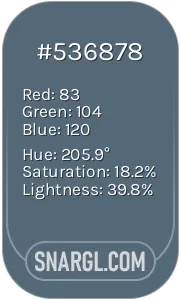 Dark electric blue
Dark electric blue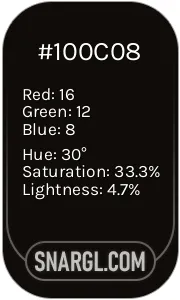 Smoky black
Smoky black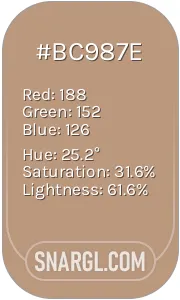 Pale taupe
Pale taupe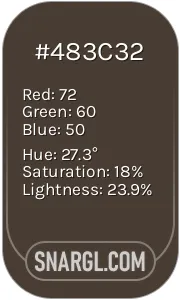 Dark lava
Dark lava




 Prussian blue
Prussian blue Baby blue
Baby blue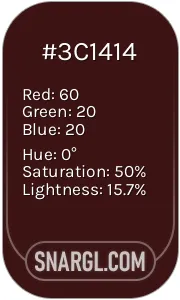 Dark sienna
Dark sienna Steel blue
Steel blue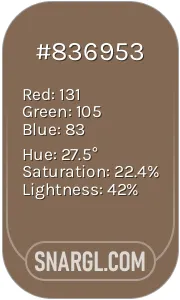 Pastel brown
Pastel brown



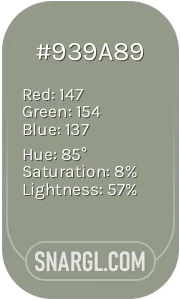 Gray-Tea Green
Gray-Tea Green Rich black
Rich black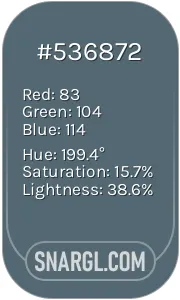 Cadet
Cadet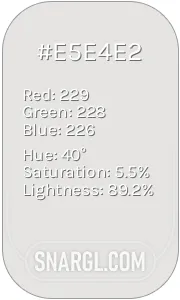 Platinum
Platinum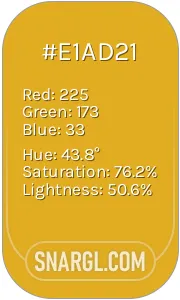 Urobilin
Urobilin





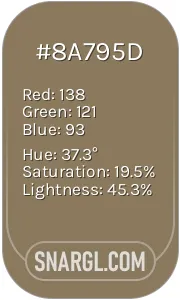 Shadow
Shadow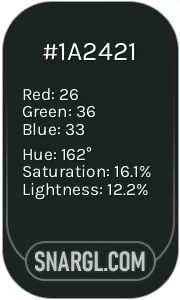 Dark jungle green
Dark jungle green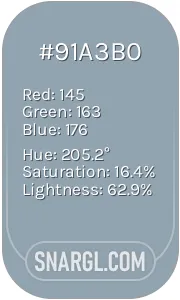 Cadet grey
Cadet grey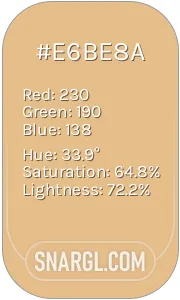 Pale gold
Pale gold